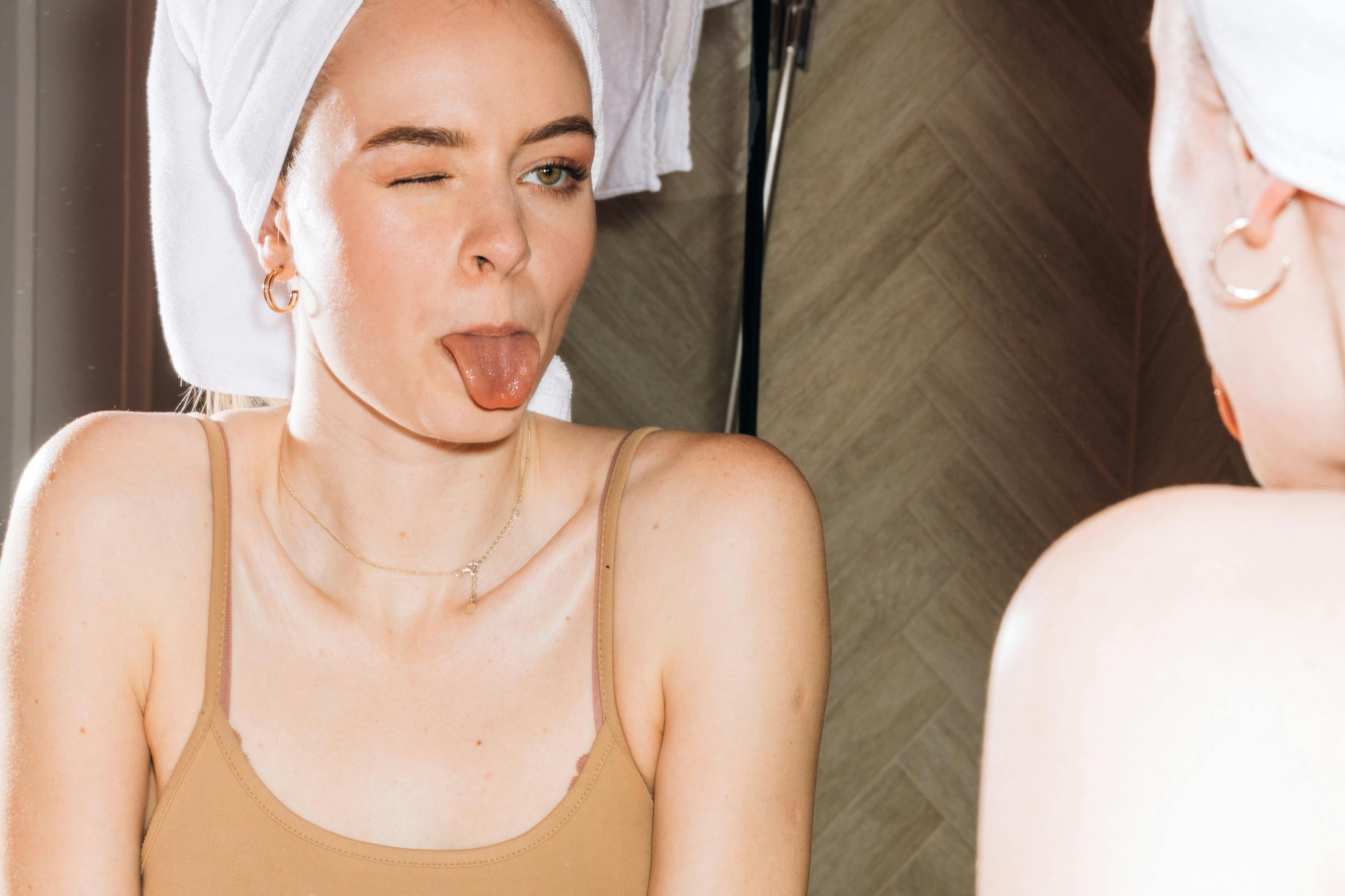

What if starting a skincare routine wasn’t just about face wash and serums… but an initiation?
Instead of thinking of your routine as a way to improve how you look, what if it was a doorway into self-tending and self-trust? A map that guides us back to ourselves - again and again?
Lately, I’ve been getting a lot of questions about teen and tween skincare - especially from parents of 8- to 10-year-olds suddenly asking for products they’ve seen on TikTok or YouTube. And yes, there’s a lot to say about sensitive skin, gentle ingredients, and what’s developmentally appropriate, but before we talk about products, I think we need to talk about something deeper.
This moment - when our kids begin to take over caring for their own bodies - is what I think of as a transfer of care. From the time they’re babies, we’re responsible for every aspect of their well-being. But eventually, they begin to take the wheel. And when that happens, we can’t just hand over the keys without guidance. Just like teaching someone to drive, we also need to explain the road signs, the other drivers, and the storms they might face. It’s no different with skincare - or the way they learn to see themselves in the mirror.
Whether we realize it or not, that first skincare routine often becomes a child’s first step into a world that profits off of insecurity and shame. Without another framework, we risk handing our kids the keys to a system that teaches them to see their own reflection as a problem to fix.
What if we offered them something else?
The Messages Reach Everyone
We often frame these conversations around girls and women, but let’s be clear - our sons are not exempt.
Boys are now getting a front-row seat to a new wave of beauty culture through social media: Mewing. Looksmaxxing. Obsessing over jawlines, symmetry, and "alpha" features.
These messages might look different on the surface, but they’re rooted in the same idea: that your natural appearance isn’t good enough. That you must optimize, enhance, or “fix” yourself to be worthy.
It’s marketing shame wearing a different outfit, and without support or tools to navigate that noise, our boys are internalizing it - just like our girls have for generations.
A New Lens on Skincare
At its best, skincare can be a quiet moment of self-connection. A chance to say, “I’m worth caring for.”
Not something we do to fix ourselves, but something we do to care for ourselves. With presence. With respect.
The difference is in the lens we offer them.
Here’s what I’ve been trying to model and teach in my own home:
1. Be a conscious consumer. Help them get curious - about claims, ingredients, and the way marketing often uses insecurity as a sales tool.
2. Deconstruct beauty ideals. Talk about what’s real and what’s not. Teach them to spot editing, filters, and AI-generated perfection. That standard isn’t real - and chasing it only feeds the very self-doubt it sells.
3. Understand the brain’s hiccups. Introduce concepts like negativity bias and how we’re wired to scan for “flaws.” Sometimes just knowing that can help soften the voice of self-judgment.
4. Reframe self-care. Let’s shift from fixing to tending. Self-care isn’t about becoming someone else - it’s about honoring who we already are and all that your body is (which - if you need a reminder - is miraculous). Gently. Lovingly. With awe for everything our bodies carry.
I’m not perfect in this. I’m learning right alongside my kids. But I do know this: they’re always watching.
Our children learn more from what we do than what we say.
And when the world gets loud - when their feeds and friend groups and internal narratives start to swirl - I hope they’ll have an anchor.
A memory of another way. One that we showed them was possible.
If you’re curious about product-specific advice, I’ve got you covered in Part 2 of this post, where we talk all about what’s safe, helpful, and worth skipping when it comes to growing skin.
Until then - here’s to offering our kids skincare as sacred care.
And becoming the kind of mirrors they actually need.
Want to keep reading? Check out Part 2 to learn what to avoid, what to support, and how to keep your Tween's routine gentle.


